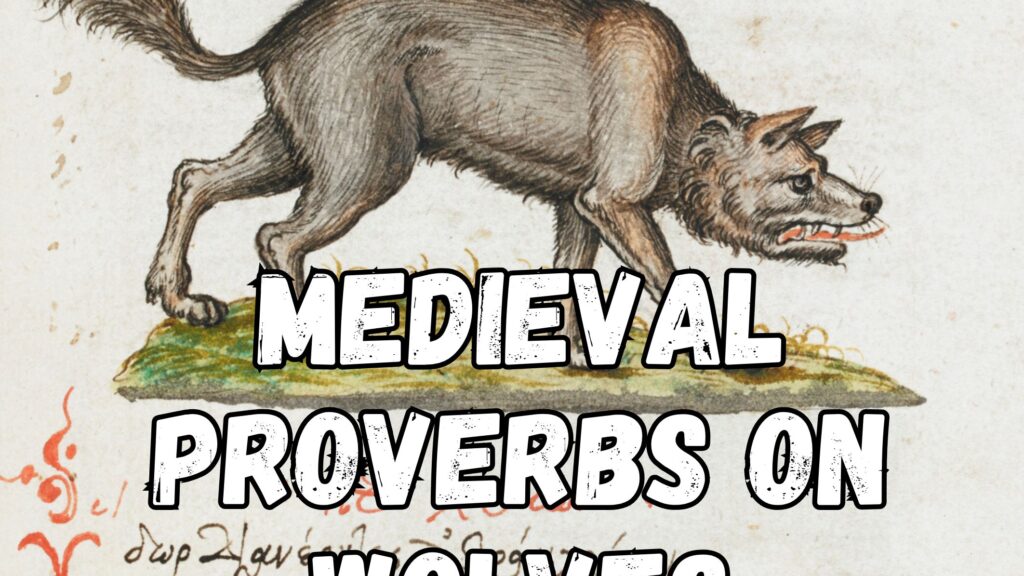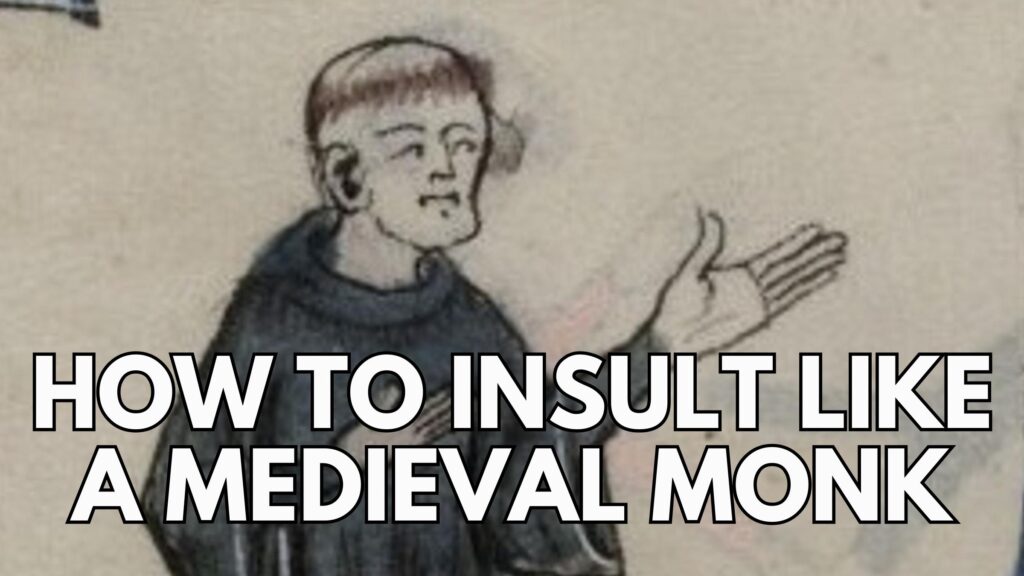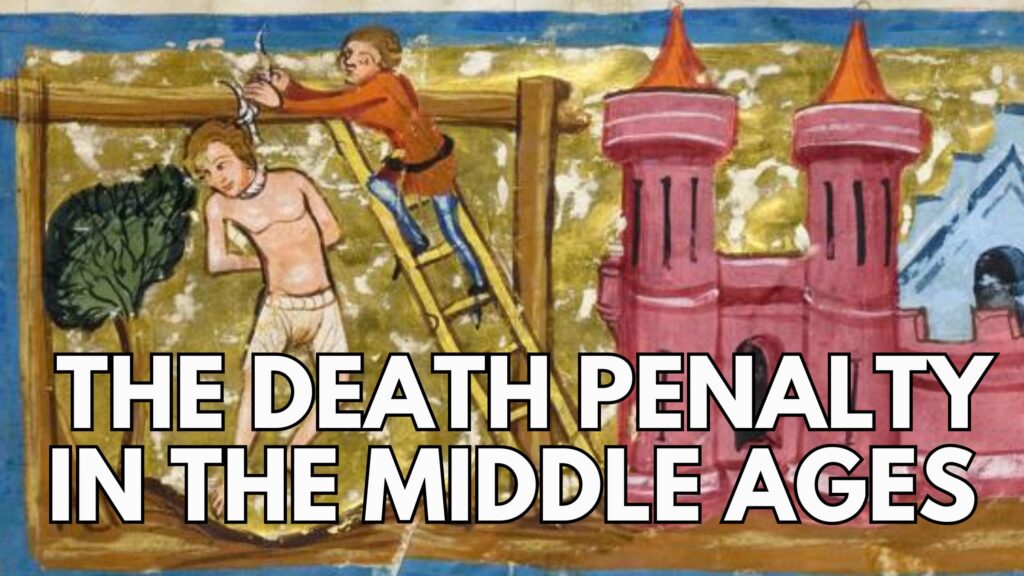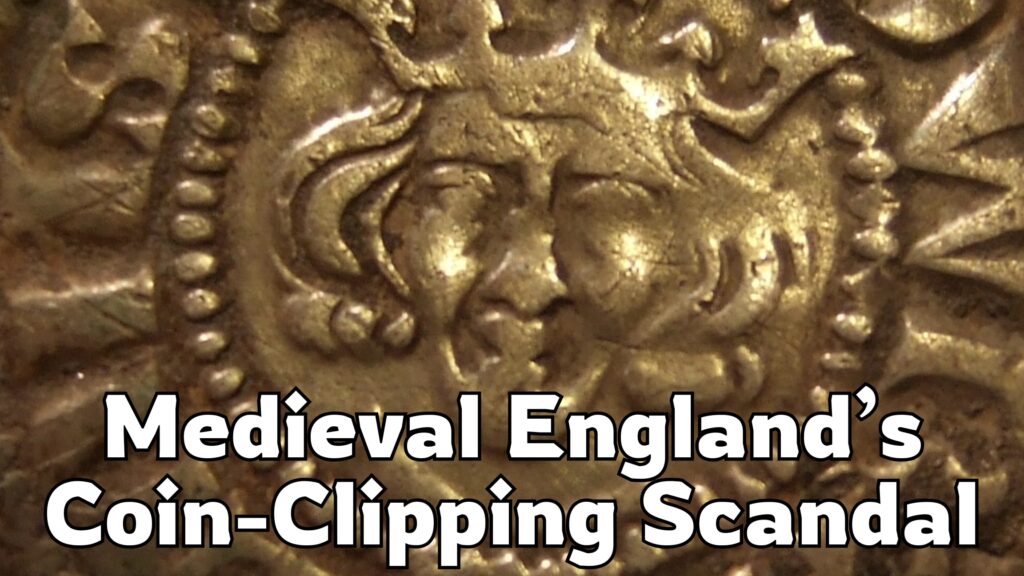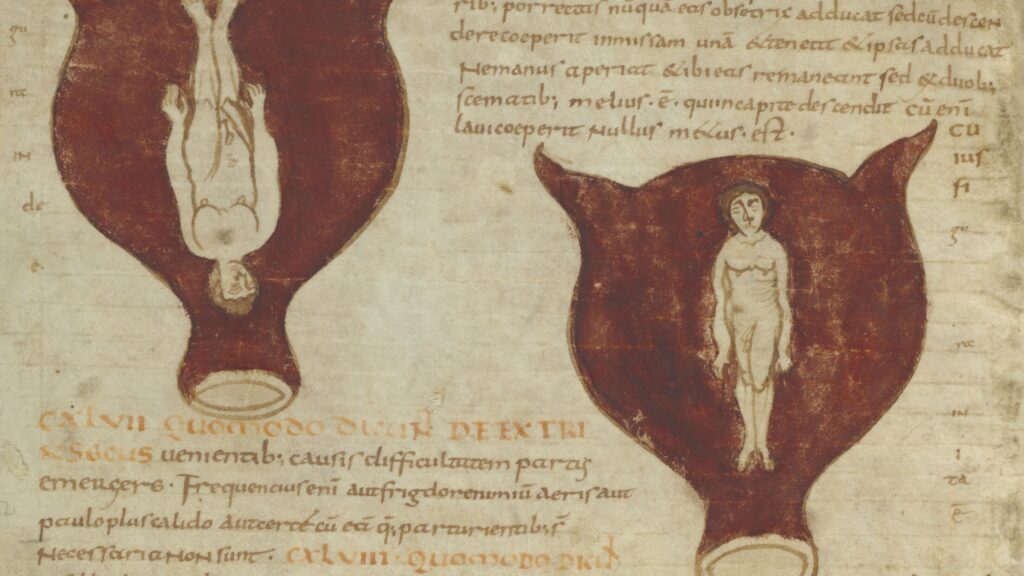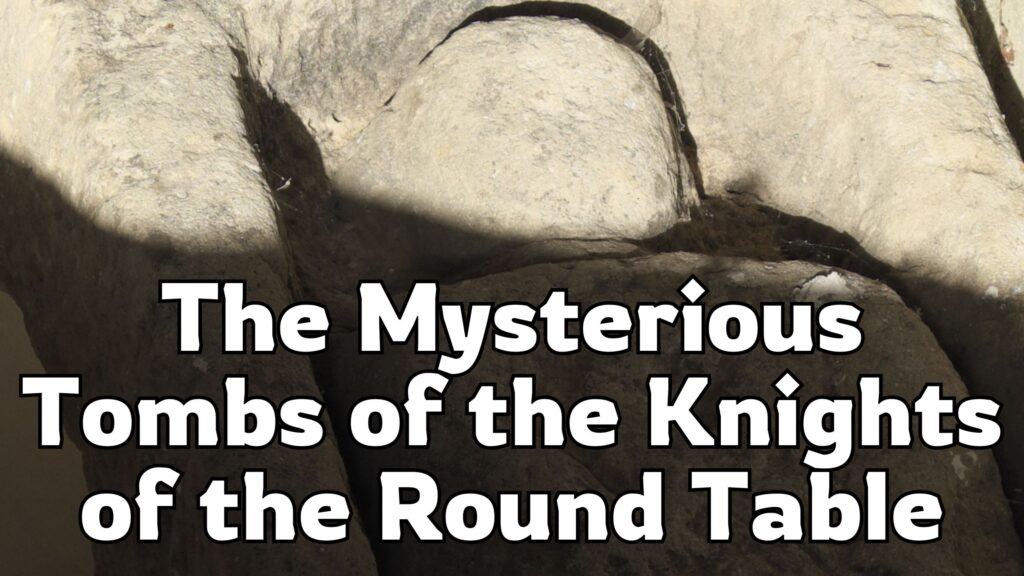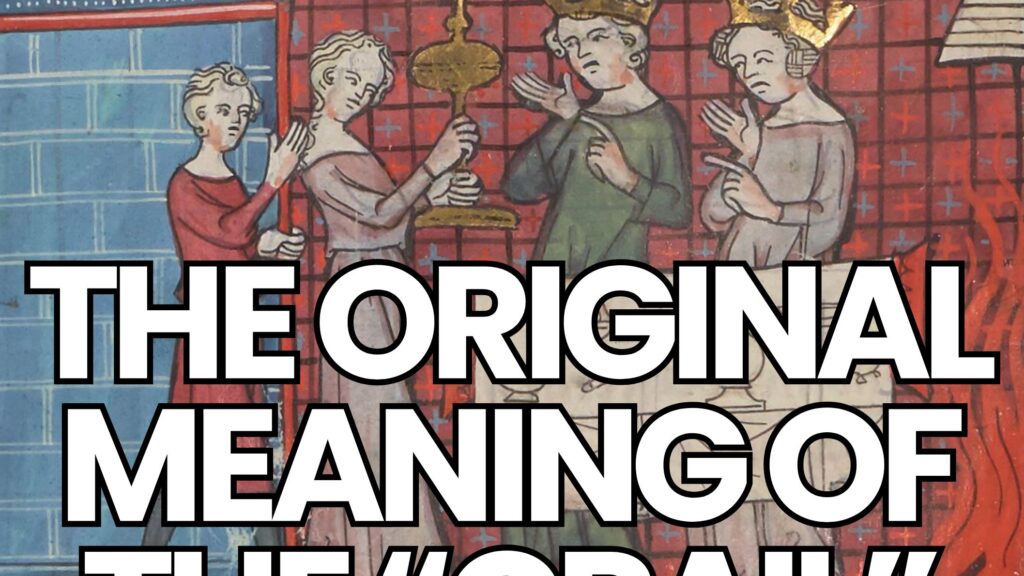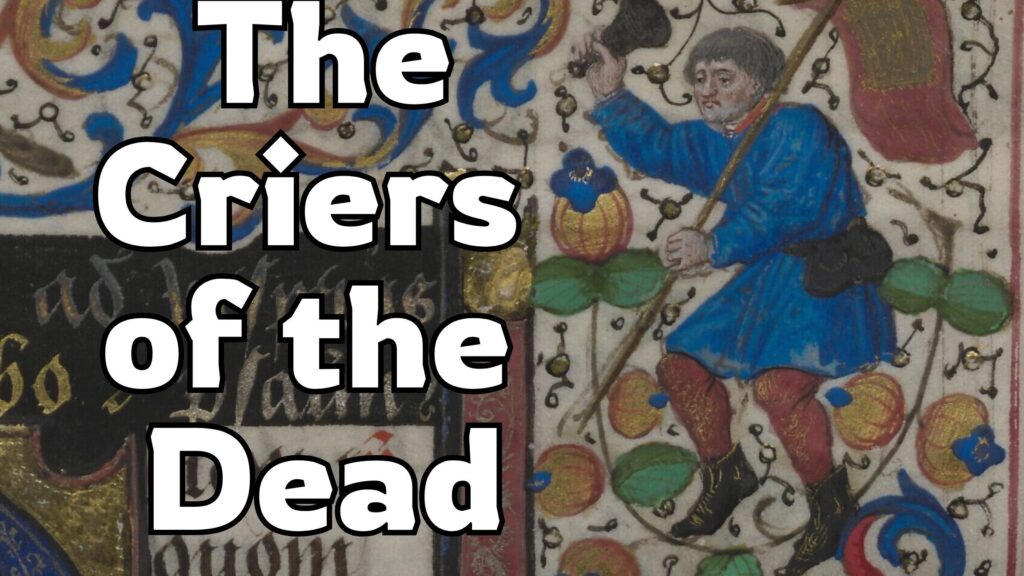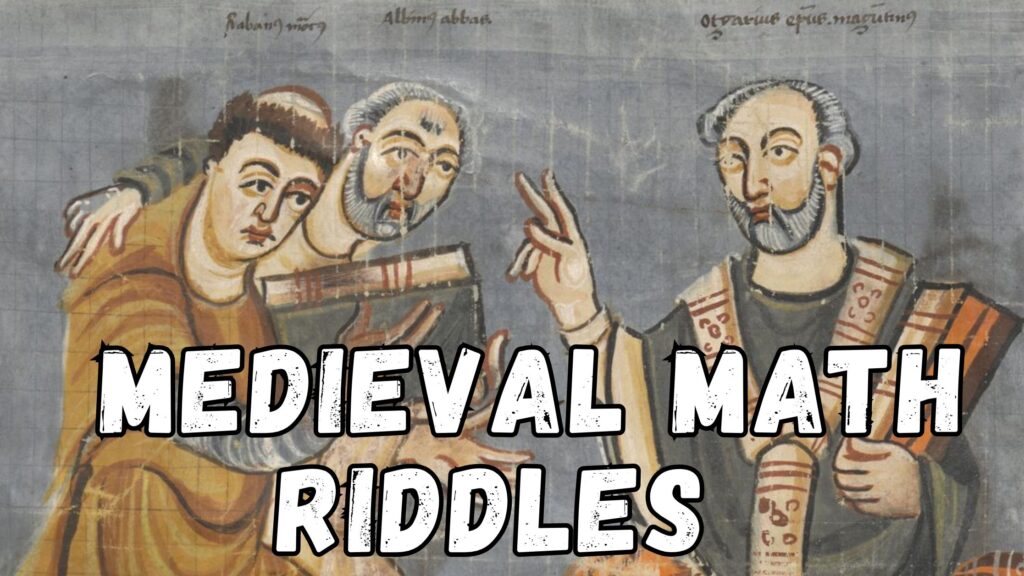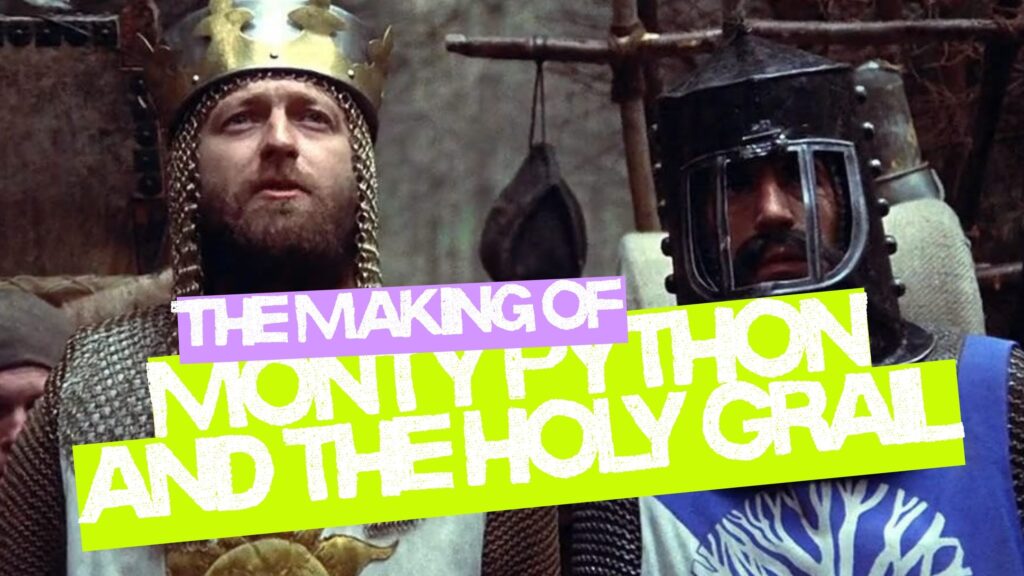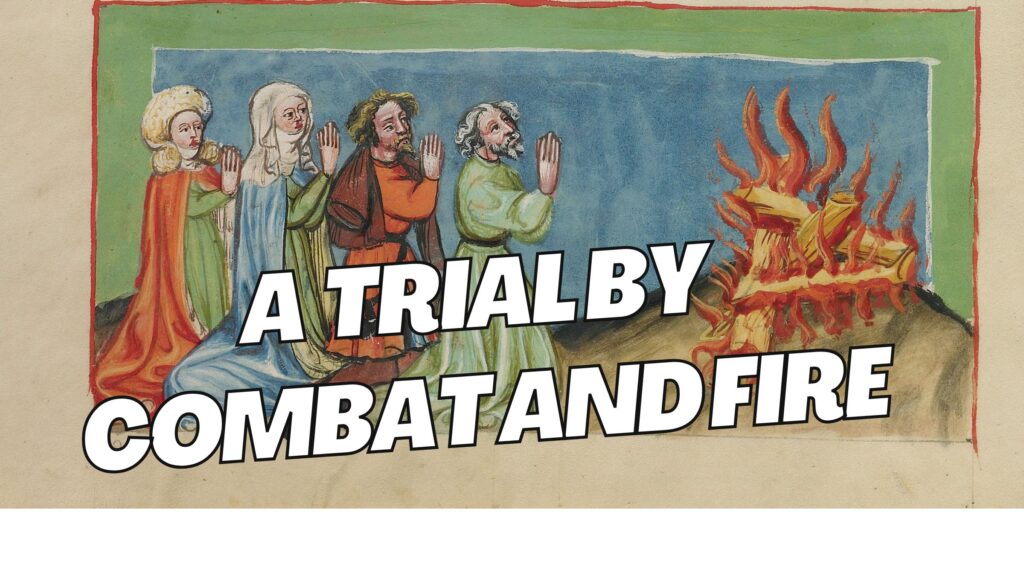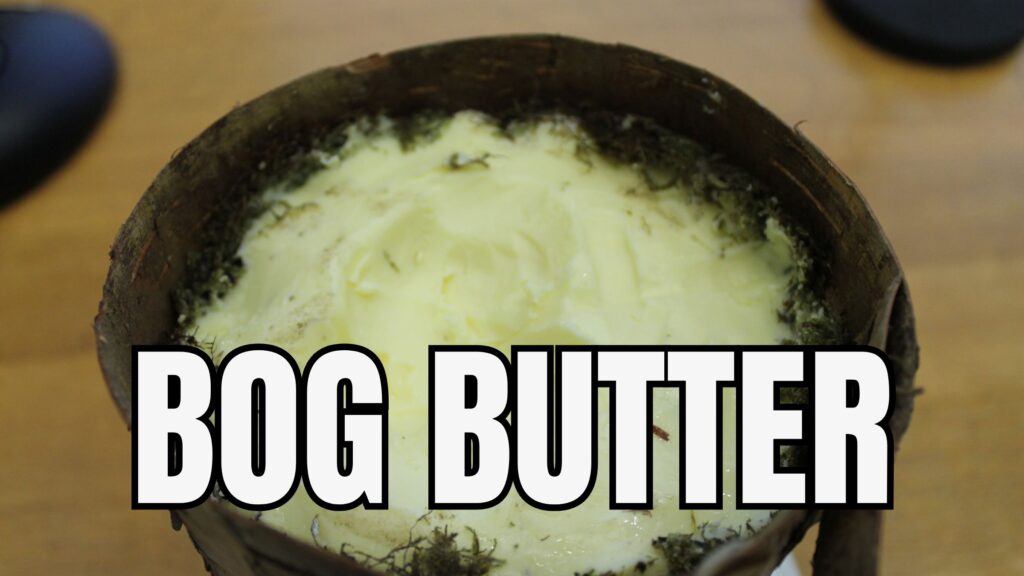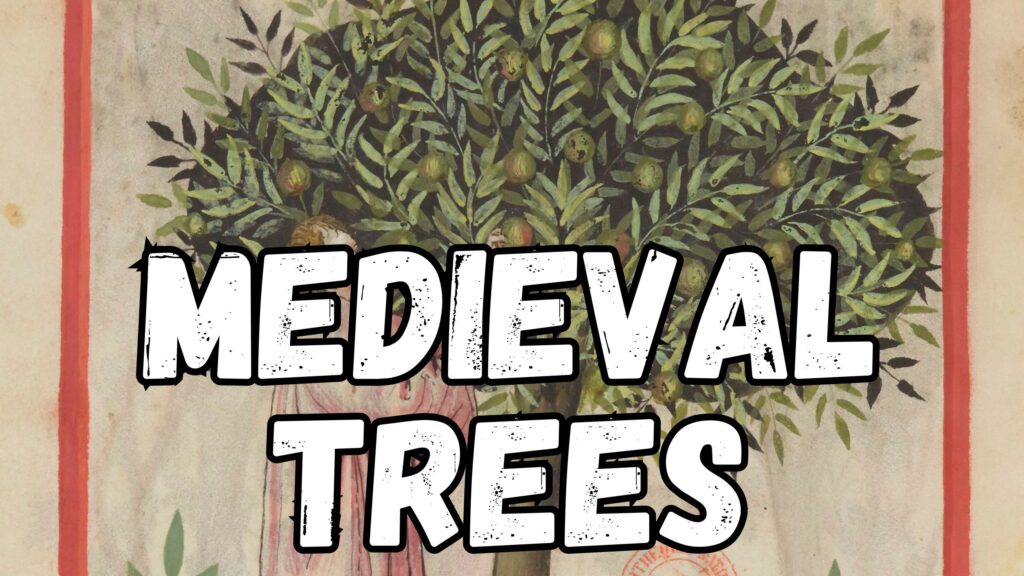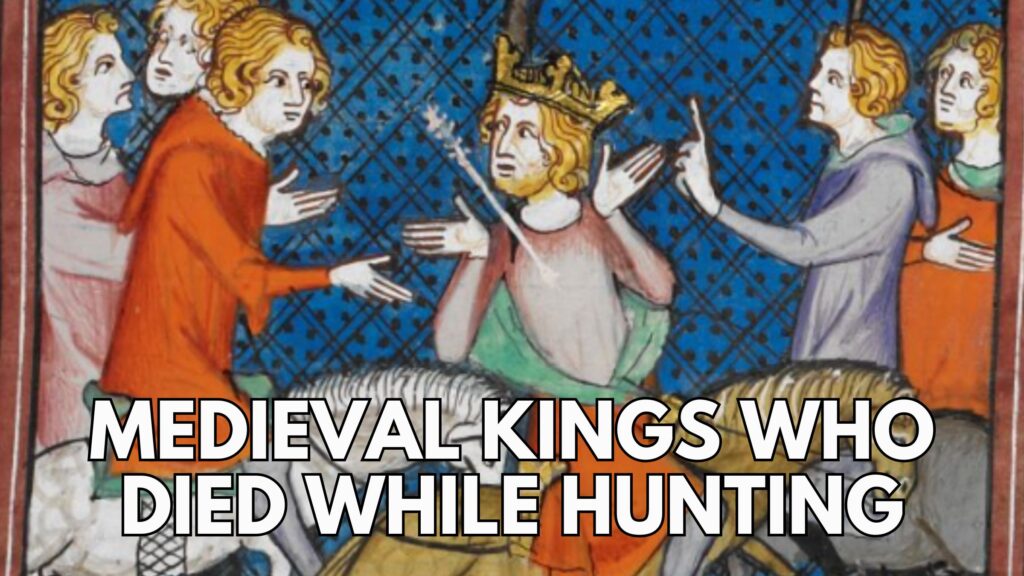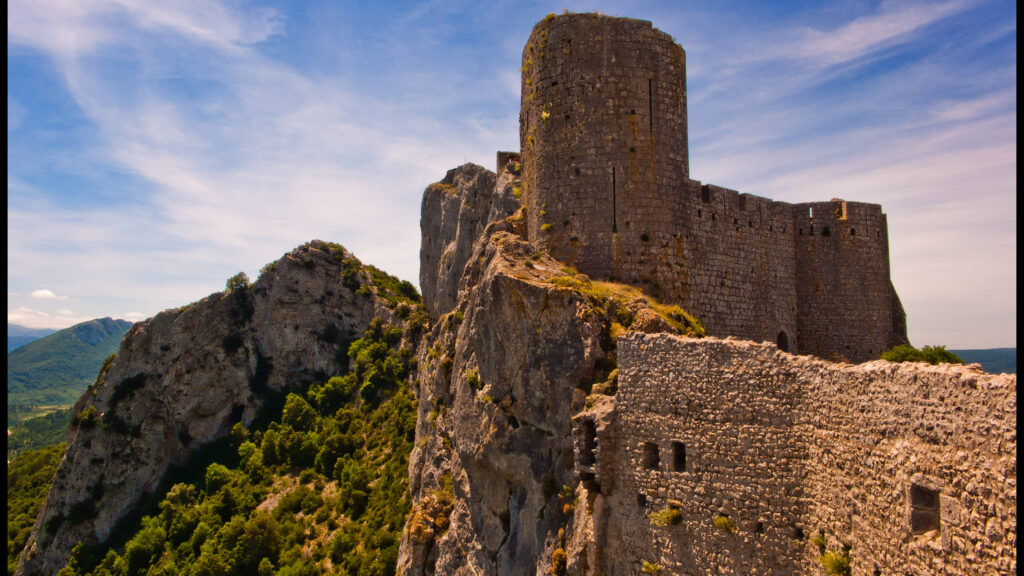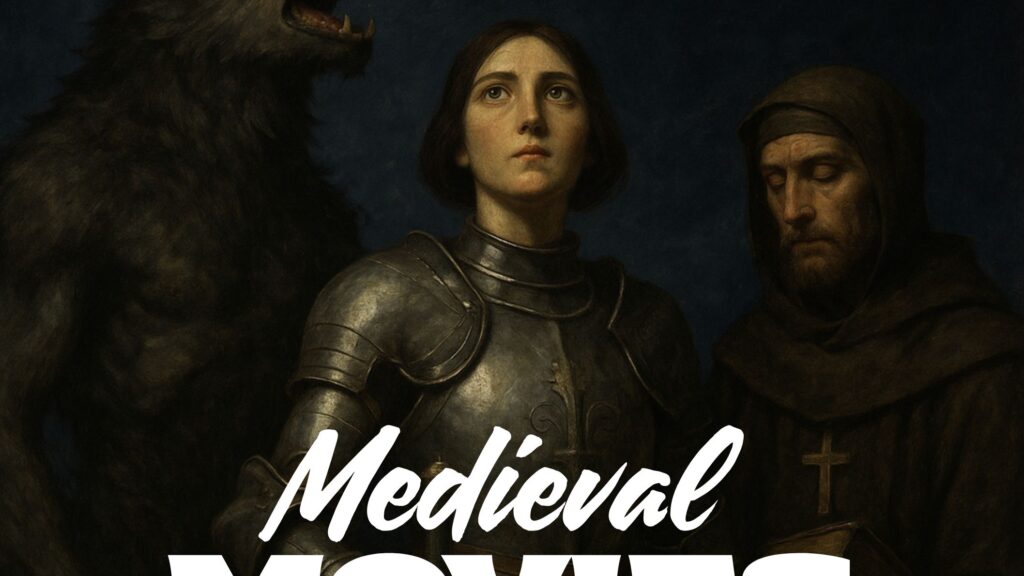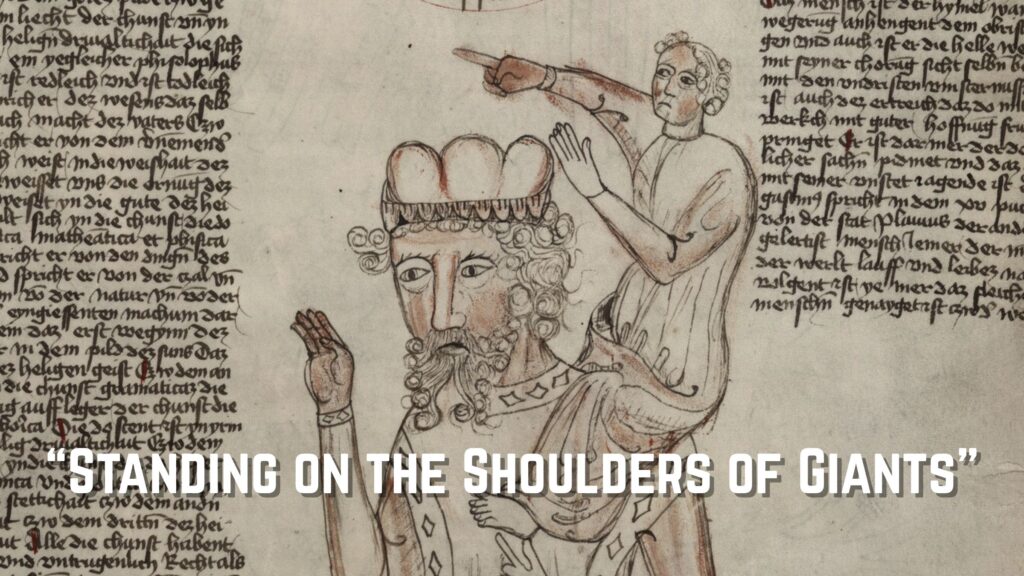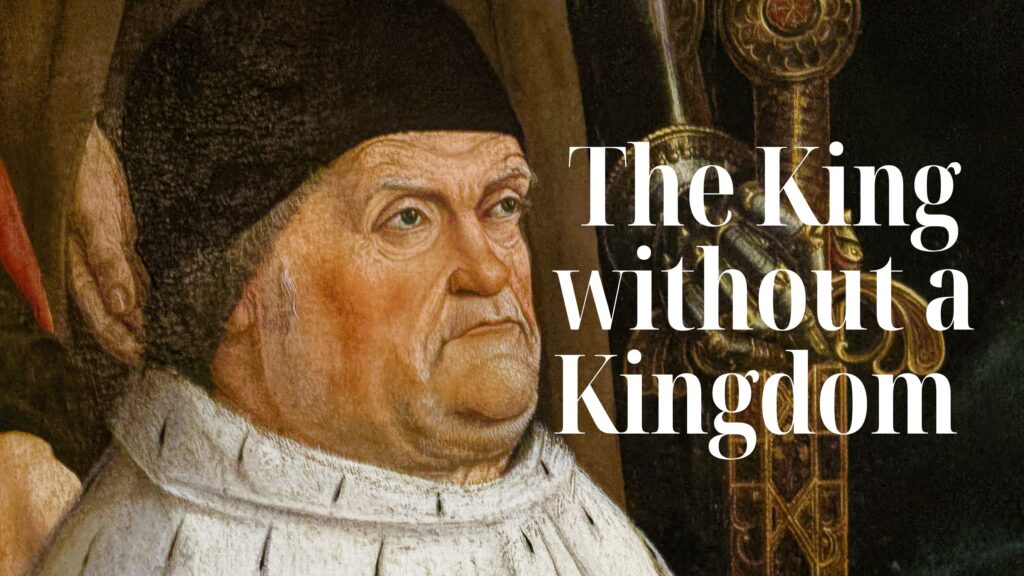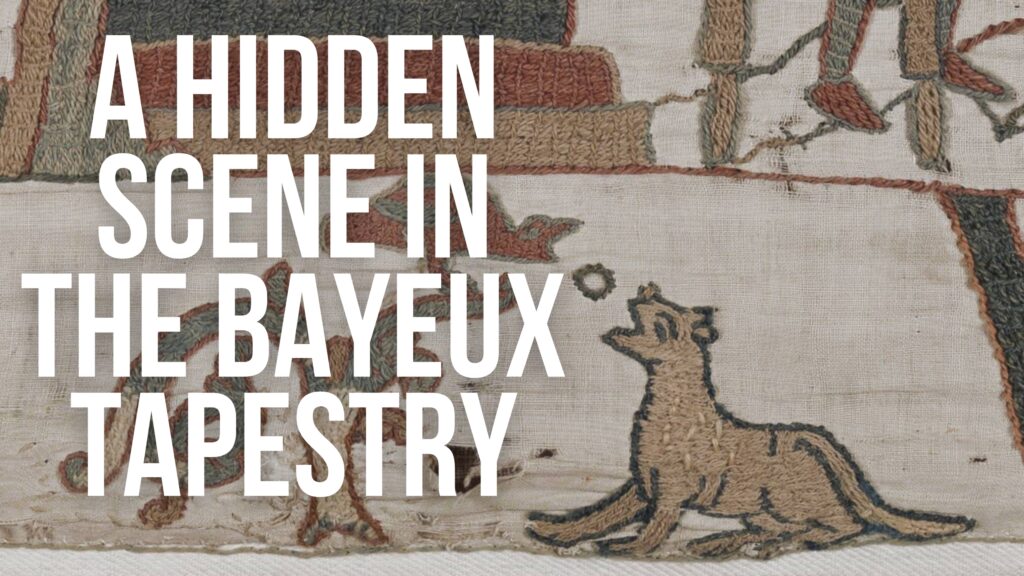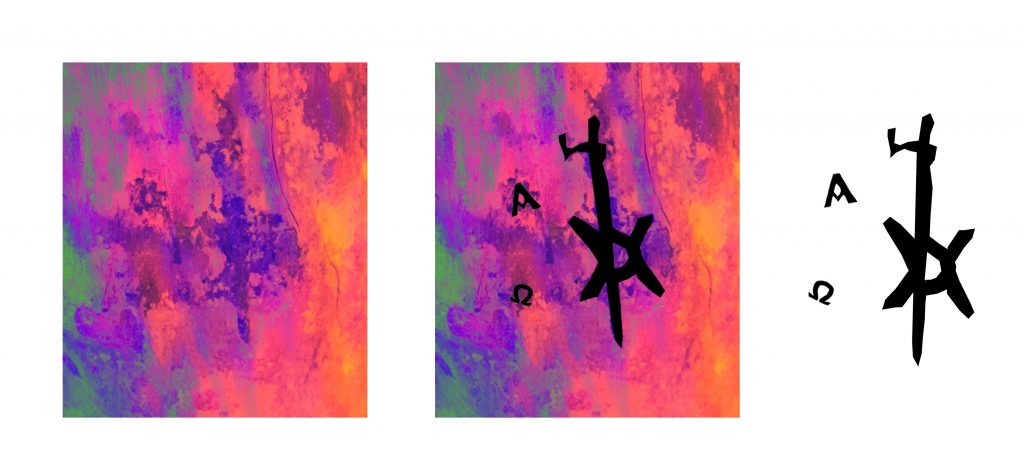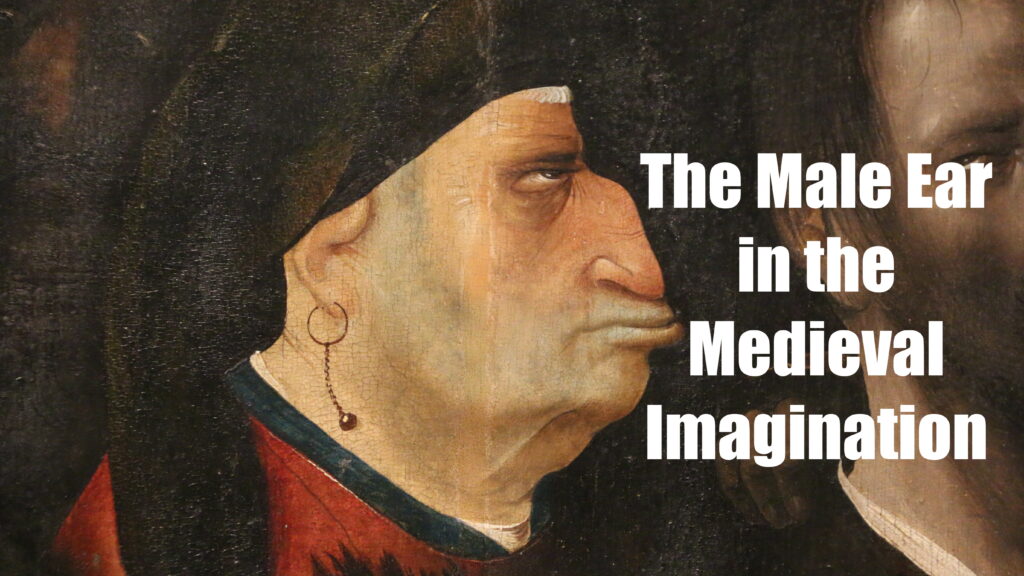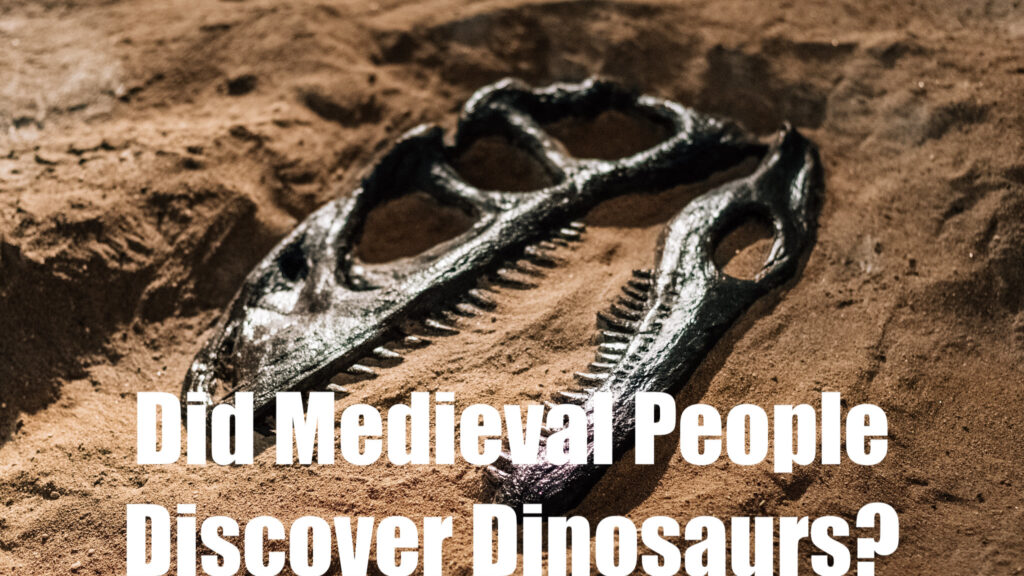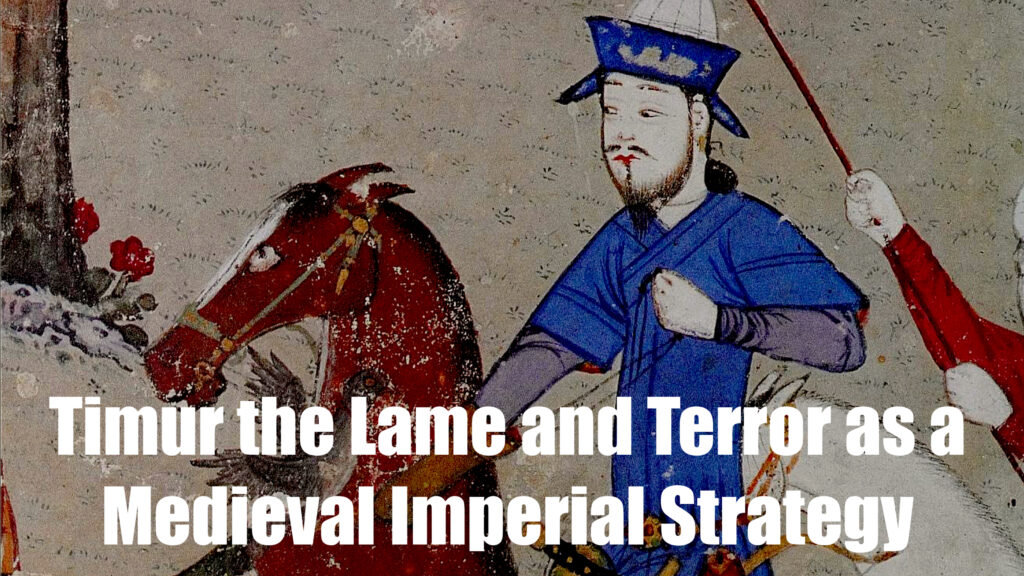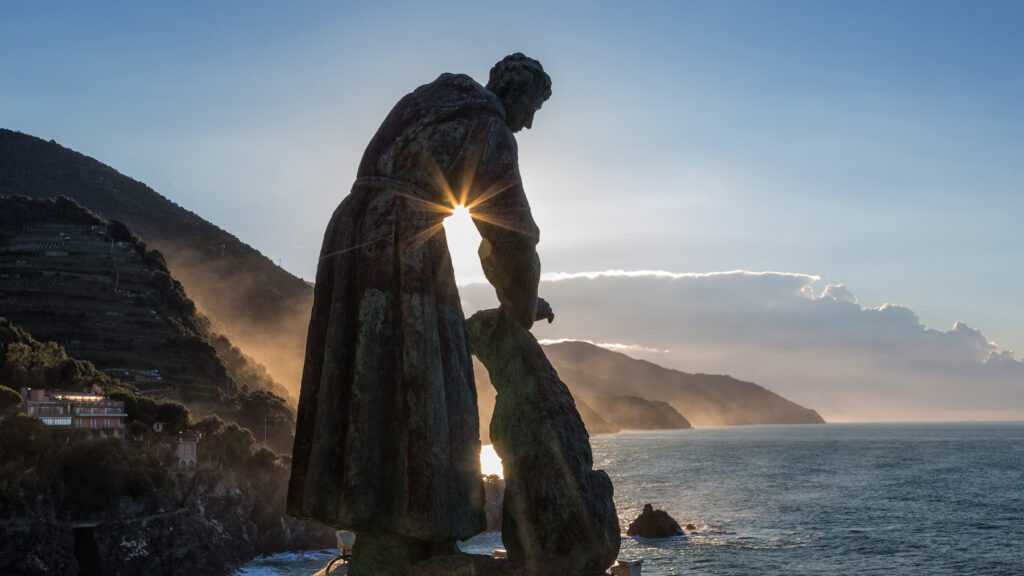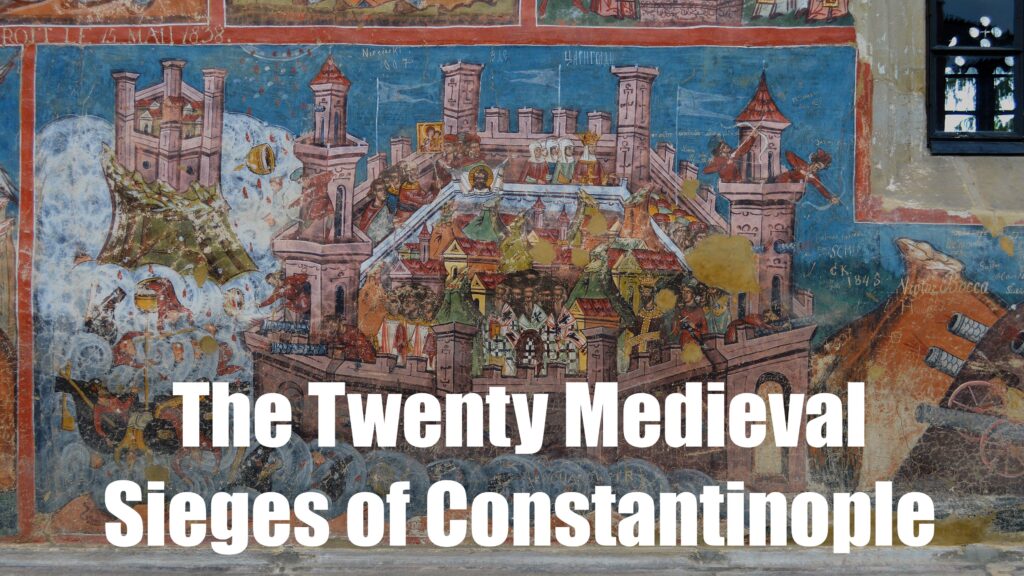12 Medieval Proverbs on Wolves
Explore 12 medieval proverbs about wolves, drawn from Latin sources and translated into English, revealing how medieval writers used the wolf to express moral and social lessons.
How to Insult Like a Medieval Monk
Learn how medieval monks at Cluny waged battles with words, using biting poetry, classical references, and cutting invective to uphold their spiritual legacy.
Why the Death Penalty Was Rare in Medieval Europe
Discover why the death penalty was rare in medieval Europe, as courts relied on fines, banishment, and royal pardons instead of routine execution.
Medieval England’s Coin-Clipping Scandal: The 1279 Mass Execution of Jews
Discover how a medieval panic over coin-clipping in 1278–79 sparked mass arrests, harsh trials, and the execution of hundreds of Jews in Edward I’s England. The article traces the commissions, procedures, and consequences that followed.
The Unusual Status of the Unborn Child in Medieval Valais
Medieval Valais developed distinctive laws on the unborn child, combining Roman legal traditions and Christian beliefs to shape inheritance rights, baptismal requirements, and ideas of life before birth.
The Mysterious Tombs of the Knights of the Round Table
In the 13th-century, a Dominican preacher linked real graves in Burgundy to the legendary Knights of the Round Table. Étienne de Bourbon’s account reveals how medieval belief, archaeology, and Arthurian myth intertwined in the mysterious tombs of Saint-Émiland.
Before the Holy Grail: The Original Meaning of the Medieval ‘Graal’
Learn how the medieval graal began not as a holy cup but as an ordinary serving dish in the court of the Fisher King—revealing the surprising origins of the legendary Holy Grail.
Weird Medieval Job: The Criers of the Dead
Meet the “criers of the dead,” professional mourners who once roamed medieval towns announcing deaths with bells and prayers. Explore how these strange but vital figures shaped the soundscape of mourning in the Middle Ages.
Can You Solve These Ten Medieval Mathematical Riddles?
Explore ten medieval math riddles written by Alcuin of York, the great scholar of Charlemagne’s court. These clever puzzles from the early Middle Ages reveal how medieval students learned logic, numbers, and reasoning — and they’re still fun to solve today.
The Making of Monty Python and the Holy Grail: Chaos, Castles, and Comedy
Explore the chaotic, low-budget making of Monty Python and the Holy Grail—from castles and coconuts to comedy legends and cult success.
Trial by Combat and Fire: The Strangest Way to Settle a Medieval Religious Dispute
A medieval king turned to trial by combat and fire to decide a religious dispute in Spain — one of the strangest episodes of the Middle Ages.
Why Did the Medieval Irish Bury Butter?
Why did the medieval Irish bury butter in peat bogs? Discover the surprising reasons behind bog butter, from preservation and protection to ritual offerings and curious modern finds.
Trees in the Middle Ages: The Good and The Bad
Explore the symbolic world of medieval trees—sacred lindens, deadly yews, and feared walnuts—in faith, folklore, and daily life
Ten Medieval Kings Who Died While Hunting
Discover ten medieval kings who met their end while hunting, from fatal falls to arrows gone astray, revealing the deadly risks of royal sport.
Farewell to the ‘Cathar Castles’: Languedoc’s Fortresses Seek UNESCO Recognition
The rebranded Royal Fortresses of Languedoc—long known as the ‘Cathar Castles’—highlight France’s medieval military heritage in a new UNESCO bid.
Medieval Movies Coming Soon to a Cinema Near You
From gritty tales of vengeance to historical horror and epic legends, discover the most anticipated medieval films in development — including The Peasant, Rapture, and Robert Eggers’ Werwulf.
“Standing on the Shoulders of Giants”: Revisiting Bernard of Chartres’ Metaphor and Its Hidden Legacy
A look at the medieval origins and deeper meaning behind the metaphor of standing on the shoulders of giants.
René of Anjou: The Medieval King Without a Kingdom
A royal with grand titles and no throne, René of Anjou left behind not an empire but a legacy of art, poetry, and grace.
The Seagull, the Dog and the Cockle: A Hidden Scene in the Bayeux Tapestry
One interpretation of a curious scene in the Bayeux Tapestry suggests a seagull using a dog to open a cockle—offering a rare glimpse of everyday life on the Norman beaches before the 1066 invasion.
Marked by Faith: Tattoos and the Christian Body in the Middle Ages
Tattoos in the Middle Ages? While often associated with criminals or pagans, these marks on the skin could also signal Christian devotion, sacred journeys, and personal identity in unexpected ways.
Earrings and Infamy: The Male Ear in the Medieval Imagination
Explore how male earrings were viewed in the Middle Ages—from symbols of infamy and foreignness to fashionable adornments—through art, religion, and cultural transformation.
Did Medieval People Discover Dinosaurs? Rethinking Fossils in the Middle Ages
Could medieval people have found dinosaur bones? This article explores how fossils may have shaped medieval legends, religious relics, and monstrous beasts long before science named them.
Timur the Lame’s Pyramids of Skulls: Terror as a Medieval Imperial Strategy
Discover how Timur the Lame used pyramids of human skulls to instil fear, crush resistance, and build a brutal medieval empire.
The Wolf of Gubbio: How a Man-Eating Beast Became a Saint’s Brother
Discover the medieval legend of the Wolf of Gubbio, a fearsome beast tamed by Saint Francis of Assisi. Was it a miracle, a metaphor, or a message about peace and power?
The Twenty Medieval Sieges of Constantinople
Discover the twenty medieval sieges of Constantinople, from early attacks by Avars and Arabs to the city’s final fall in 1453.
